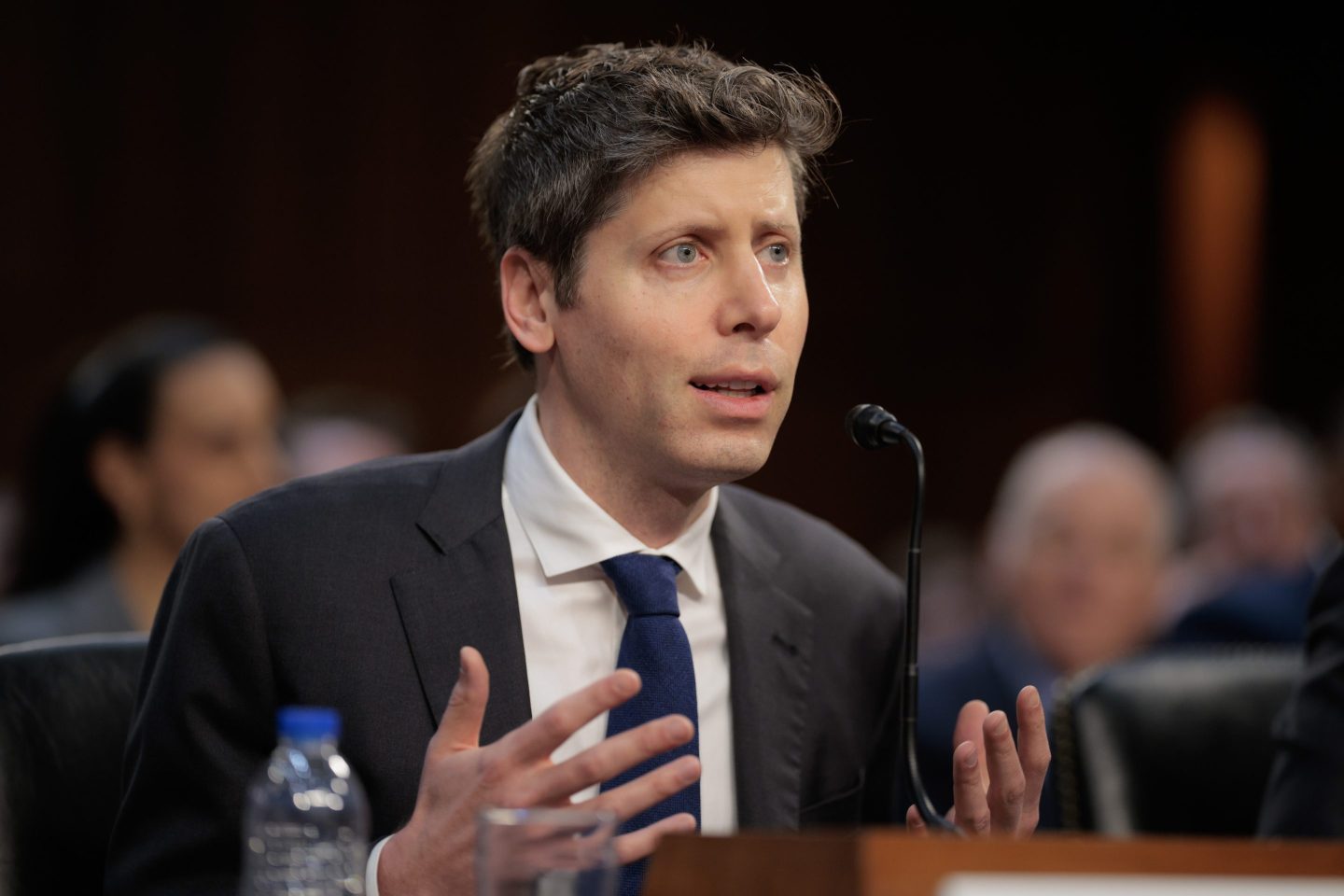It’s a fine balance keeping everyone in the U.S. economy happy at the moment. If consumer data looks too good the Fed might begin to tighten rates again. If it’s too sluggish, businesses might suffer.
But somehow, according to Jeremy Siegel, emeritus professor of finance at the Wharton School of the University of Pennsylvania and senior economist for WisdomTree, that delicate equilibrium has been struck.
In his weekly commentary at WisdomTree, professor Siegel said the economy had reached a “Goldilocks pace” of growth, adding: “We had a flurry of data last week. And the data reinforces the recent narrative, which is good news for the markets.
“The data is not too strong to encourage the Federal Reserve to tighten, and certainly not too weak to start a slowdown in corporate profits.”
The first days of 2024 did indeed start with a positive set of numbers. The number of Americans who began filing for jobless benefits fell to a two-month low, with a drop of 18,000 to 202,000. Moreover last Friday’s job report painted a fairly rosy picture—with a couple of caveats—including a payroll increase of 216,000.
After downward revisions to the data from two months prior, this meant the unemployment rate held steady at 3.7% while average earnings moved 0.4% higher compared with the month before.
Professor Siegel dismissed claims that the increase to average hourly earnings signals inflationary pressure—and in turn could slam the breaks on Wall Street’s predictions that rates will begin to come down this year.
“I’ve emphasized that many incorrectly see rising wages as inflationary,” professor Siegel wrote. “But the gap between wages and inflation is productivity growth, and productivity growth has been extremely robust.”
Instead professor Siegel laid out what he sees as true inflationary concerns: “The Middle East conflict and the danger to cargo ships in the Red Sea have pushed oil up and could lead to other supply-chain delays if shipping is being more permanently rerouted.”
Last week, shipping giants like Maersk said they would avoid passing through the Red Sea for the foreseeable future following attacks on cargo ships by Houthi rebels, spurred by the Israel-Hamas conflict. Analysts fear that rerouting around the Cape of Good Hope will inevitably increase costs as fuel and labor spending will rise because of the longer journey.
Professor Siegel seems relatively calm about the issue, adding: “So far these tensions are only impacting oil, and we see no signs in other commodities which have been stable if not declining.”
Even those in the oil industry are fairly agnostic about which way prices will go. Chevron CEO Mike Wirth told CNBC this week that a case could be built for oil prices to go either up or down.
“It’s tough, and one of the things I’ve learned in the 40-plus years in the energy industry is I can’t pick crude oil prices,” he added.
Will the Fed cut rates in 2024?
In December, the Financial Times spoke to Wall Street economists about when they expected the Fed to begin cutting rates, with 85% saying it would begin in 2024. Of those surveyed, 33% believed cuts would begin in Q2 with a further 33% holding out for Q3.
However, a few weeks later Fed Chairman Jerome Powell sparked an end-of-year rally, after saying the base rate is “likely at or near its peak for this tightening cycle.” It was a marked change from the tight-lipped rebuttals the Street had grown accustomed to in 2023.
The news was so welcome, in fact, that the likes of Goldman Sachs and JPMorgan brought forward their estimates on when cuts would begin. Goldman said cuts would begin in March while Jamie Dimon’s JPMorgan revised from July to June.
Professor Siegel isn’t sold on the bandwagon, saying rates may well stay where they are. He explained: “Everyone is focused on how many rate cuts are priced into the Fed funds futures market and how we need six cuts to have a good 2024. I totally disagree with that.
“The key point from the December Federal Open Market Committee [FOMC] meeting was Powell being more flexible and willing to cut rates if we have weakness. If real economic growth stays strong, the Fed could keep rates exactly where they are, and we could have strong equity markets.”
But overall, professor Siegel had a positive outlook for 2024. The S&P 500 should make an 8% to 10% price gain, he wrote, adding value stocks could fare better with a 15% appreciation.













